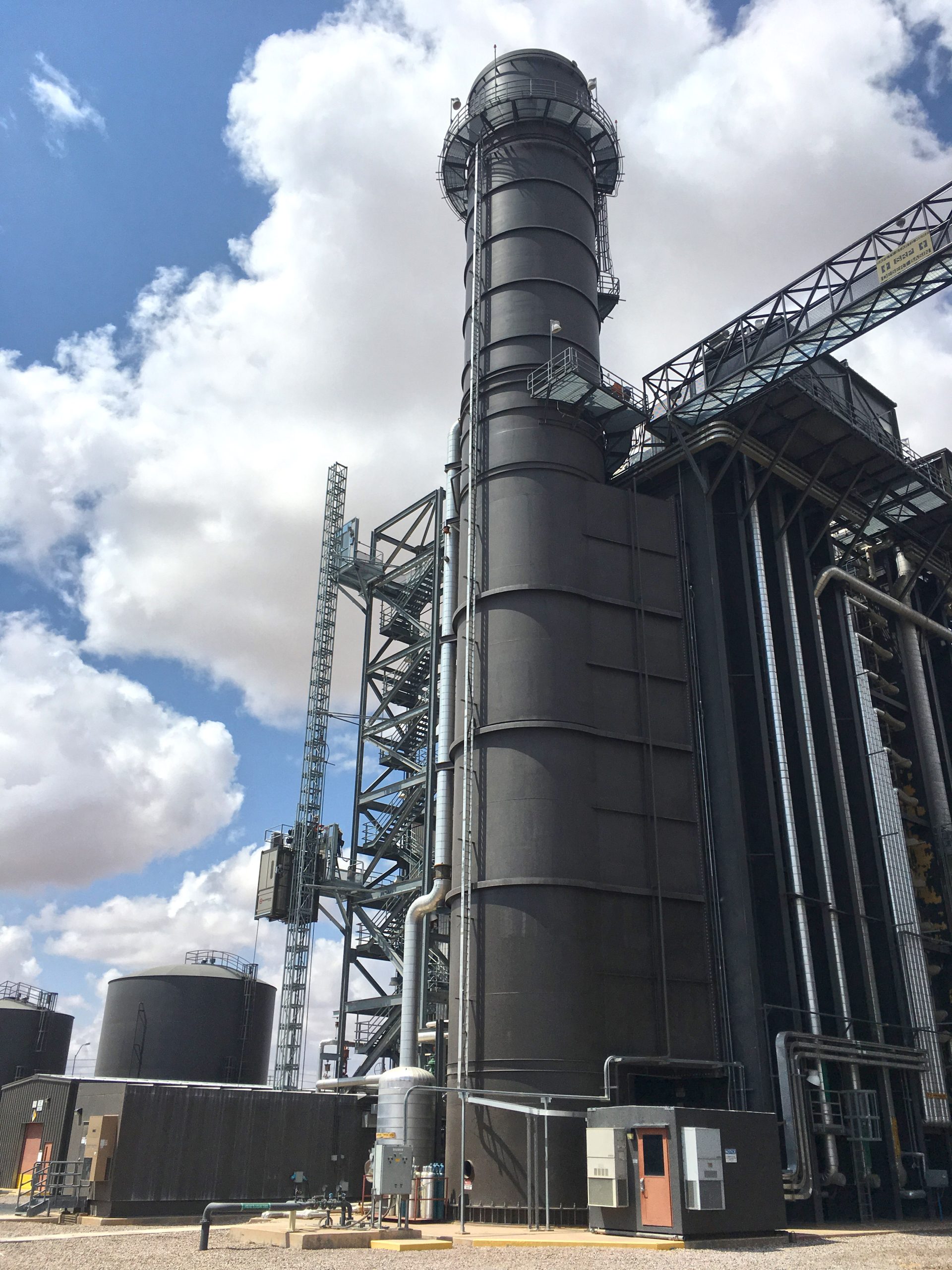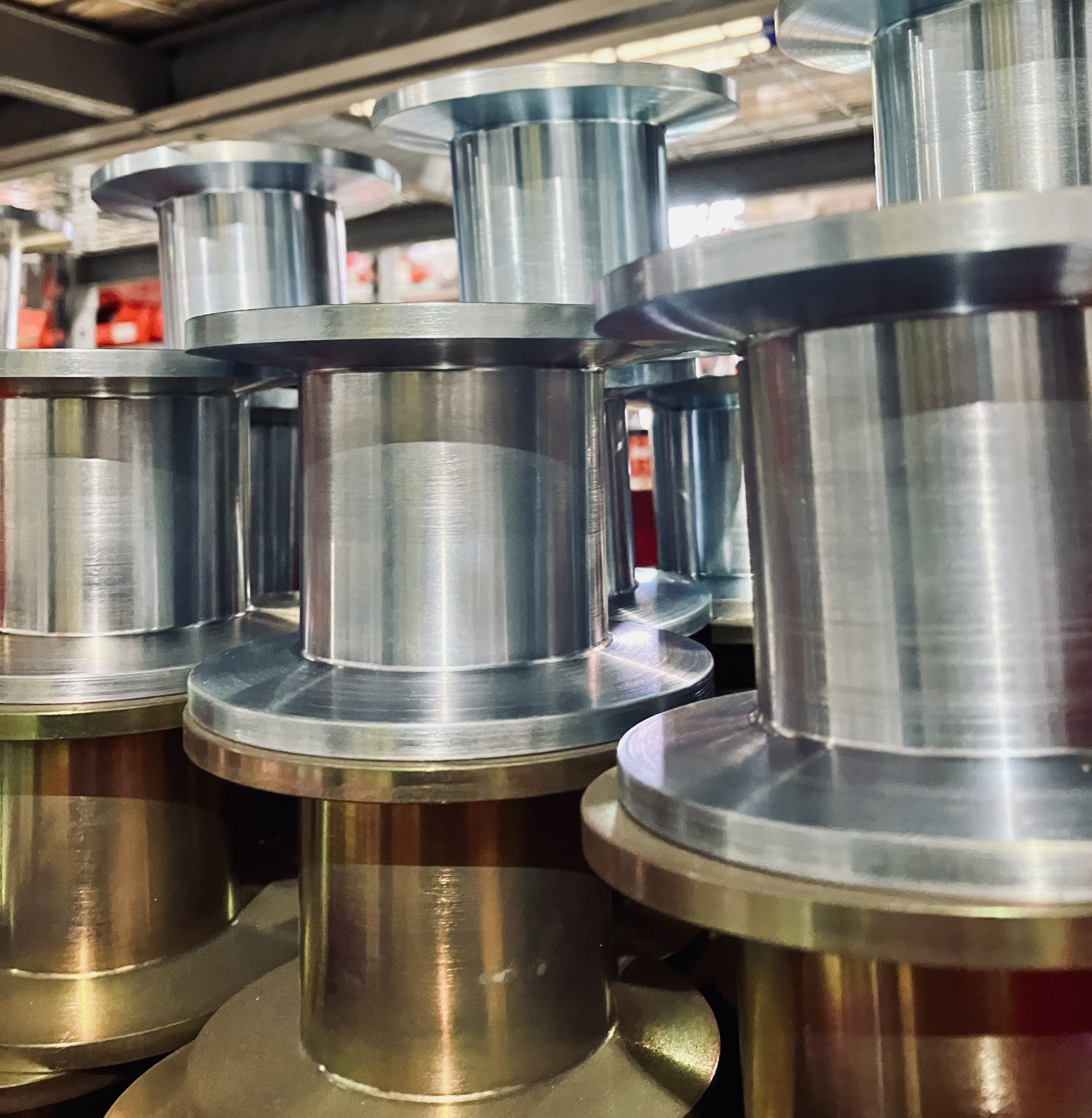The 2018 hurricane season is here. A total of 14 named storms, 7 hurricanes and 3 major hurricanes are expected this season from June through November according to Colorado State University’s Tropical Meteorology Project. A major hurricane is Category 3 (111-129 mph winds) or stronger. While many focus on wind damage with approaching storms, longer lasting rain and flood damage can potentially impact your operation even more. Even weak tropical storms can cause major impacts, particularly if it moves slowly, resulting in floods like that seen last year with hurricane Harvey.
To prepare your industrial rack and pinion elevator this season, take into account the storm history in your area. As you monitor each approaching storm, what are the predicted wind speeds, how fast is the storm moving and what is the projected rainfall over the coming 24 hours? Are there predictions or reports of tornados associated with the storm’s path?
Given the projected work site impacts and the likelihood that workers may be impacted and away from work for some time, the position and securement of the elevator from immediate wind and storm damage and longer term flooding deserves careful attention.
McDonough Elevators recommends positioning the elevator at the second level above projected ground level floods and where the car can better withstand high winds. Depending upon the location of the elevator, this may also help secure the structure from pests displaced by the storm. Placement of the car needs to be completed before sustained winds of 40 mph are present to prevent cable and other equipment damage. Once the car is in position, power should be disconnected, locked and tagged out to prevent operation until a full inspection is completed.





